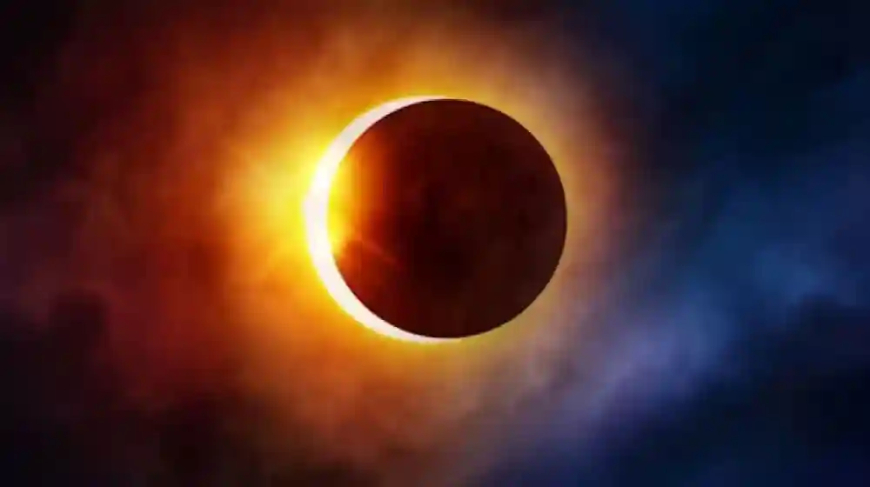Dates and Timings Revealed for Solar and Lunar Eclipses in 2026
NASA confirms dates for 2026 solar and lunar eclipses — including two total events visible across Europe, Asia, and parts of Pakistan.

The year 2026 is set to captivate skywatchers worldwide with four spectacular eclipses two solar and two lunar each visible from different regions across the globe. Astronomical agencies including NASA and Time and date have now confirmed the exact dates and global timings for these celestial events.
Annular Solar Eclipse — February 17, 2026
The first major celestial event of the year will occur on February 17, 2026, as the Moon passes between Earth and the Sun, producing an annular solar eclipse also known as the “Ring of Fire.”
This phenomenon happens when the Moon appears slightly smaller than the Sun, leaving a bright circular rim around its edges.
-
Type: Annular Solar Eclipse
-
Visibility: Southern Africa, southern South America, parts of Antarctica
-
Peak Time (UTC): Around 09:00 to 11:00 UTC
Astronomers recommend using certified solar glasses or projection methods to safely witness the event.
Total Lunar Eclipse — March 2–3, 2026
Just weeks later, a total lunar eclipse will grace the night sky on March 2–3, when the Earth’s shadow completely covers the Moon, turning it a deep copper-red hue — the famous “Blood Moon.”
-
Type: Total Lunar Eclipse
-
Visibility: Europe, Asia, Australia, and the Americas
-
Totality Duration: Nearly 1 hour (11:04–12:02 UTC)
This eclipse will be visible in Pakistan during early morning hours on March 3, weather permitting.
Total Solar Eclipse — August 12, 2026
The most anticipated celestial event of the year will be the total solar eclipse on August 12, 2026, when day will briefly turn to night for observers in parts of Greenland, Iceland, northern Spain, and Portugal.
-
Type: Total Solar Eclipse
-
Global Timings: Begins at 15:34 UTC, totality at 17:46 UTC
-
Peak Viewing Regions: Europe and the Arctic
This event will be partially visible across North Africa, western Asia, and parts of Pakistan, offering a rare sight of a darkened Sun in the late afternoon sky.
Partial Lunar Eclipse — August 28, 2026
The final eclipse of the year will occur on August 28, featuring a partial lunar eclipse, where a section of the Moon passes through Earth’s central shadow.
-
Type: Partial Lunar Eclipse
-
Visibility: Europe, Africa, Asia, and the Americas
-
Peak Time: Around 02:00 UTC
Observers in Pakistan will be able to witness this event in the early hours before dawn.
Astronomers’ Insight
According to NASA’s Eclipse Predictions and EclipseWise data, the 2026 sequence is part of Saros cycles, a repeating series of eclipses that occur roughly every 18 years. Experts note that this year’s events will be particularly photogenic due to favorable global weather and viewing conditions.
Renowned astrophysicist Dr. Karen Masters noted,
“Eclipses remind us of the precision of our solar system — they’re predictable centuries in advance, yet never fail to inspire awe.”
Safety Reminder
While lunar eclipses are safe to watch with the naked eye, solar eclipses require proper certified solar filters or eclipse glasses. Viewing the Sun directly without protection can cause permanent eye damage.
Summary:
| Eclipse Type | Date | Visibility |
|---|---|---|
| Annular Solar | Feb 17, 2026 | South Africa, South America |
| Total Lunar | Mar 2–3, 2026 | Europe, Asia, Americas |
| Total Solar | Aug 12, 2026 | Europe, Greenland, partial in Asia |
| Partial Lunar | Aug 28, 2026 | Global (wide visibility) |
For verified science and astronomy updates, visit Nation bytes

 Israr Ahmed
Israr Ahmed